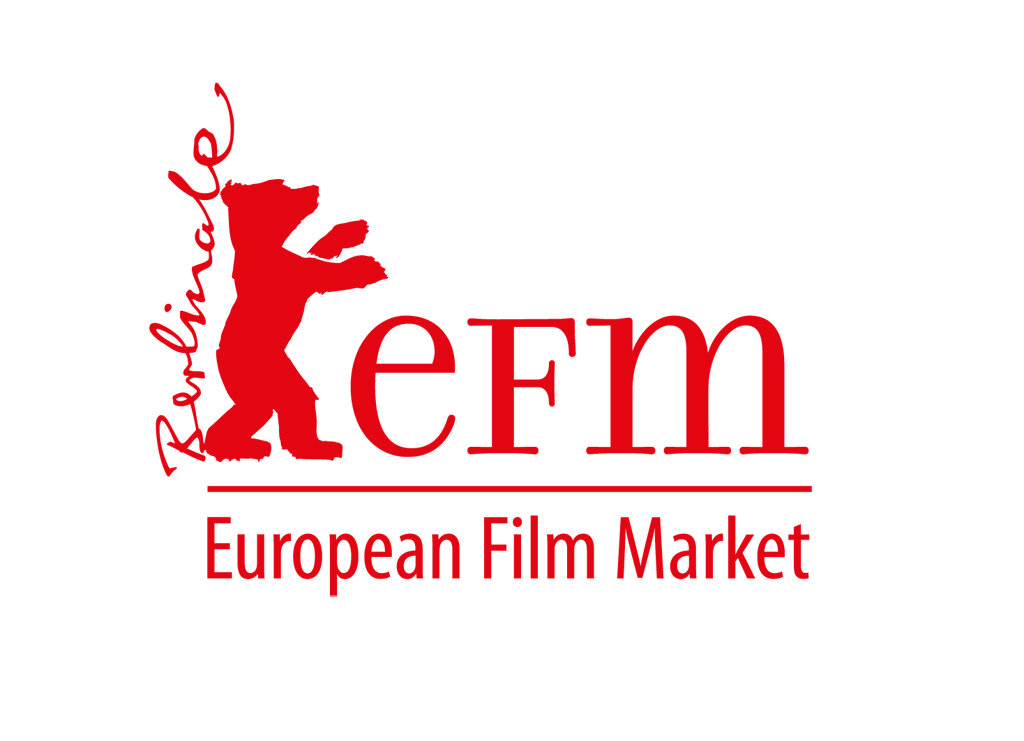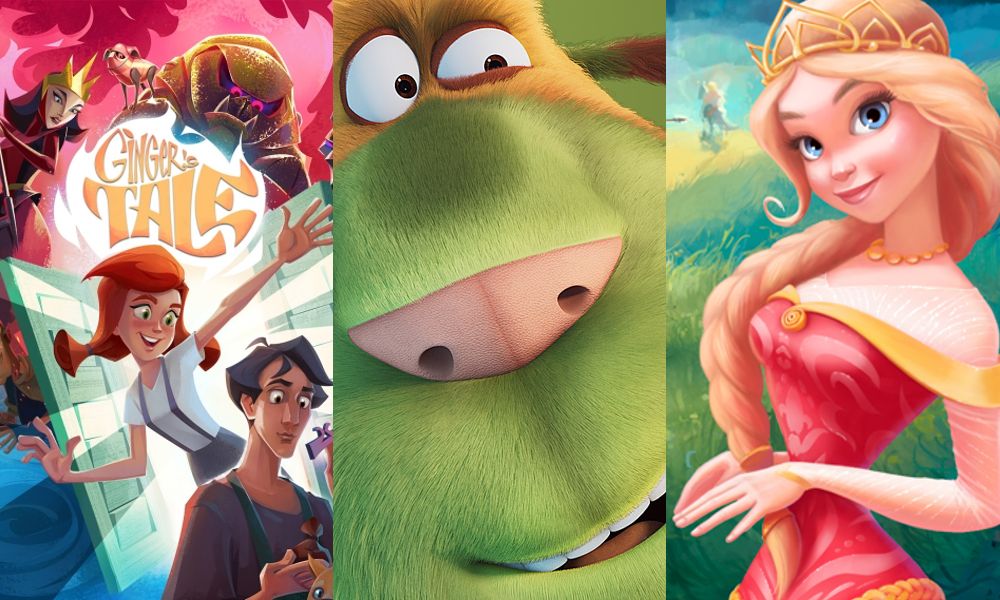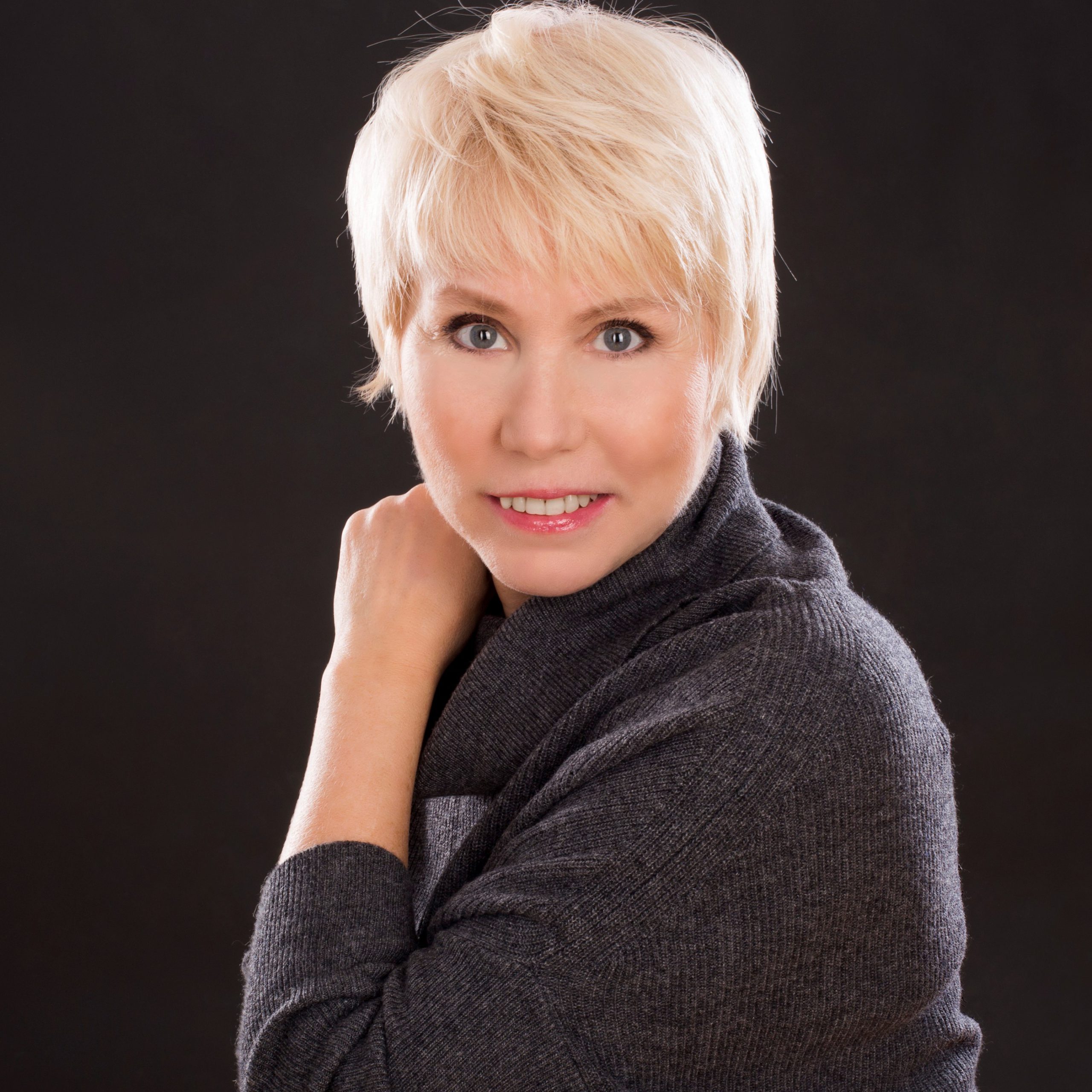News
During European Film Market-2021 Irina Mastusova, CEO of the Russian Animated Film Association told Animation Magazine about the state of the industry in the Russian Federation

Roskino Puts Russian Animation in the Spotlight at EFM

Ginger’s Tale, Finnick, Warrior Princes
Russian animation projects will have a robust presence at the 2021 European Film Market, taking place online this year from March 1-5 (www.efm-berlinale.de/en), thanks to the country’s audiovisual promotion body Roskino and the support of the Russian Cinema Fund. Eight companies will be presenting 23 animated feature films and series under the virtual Russian umbrella during the market.
Among the highlighted projects on offer:
• Ginger’s Tale from Russian World Vision has been selected for the EFM Screenings this year, having made its domestic premiere on February 4. The movie is directed by Konstantin Shchekin and centers on a kindhearted craftsman, Potter, who finds a magic flintstone that turns him into a rich and cruel person. In order to get the stone back, the Evil Queen decides to kill him. Coming to the rescue is Potter’s betrothed, Ginger, a tireless and resourceful girl whose loyalty helps save Potter from the Evil Queen, remove the magic spell and keep love alive.
• Set within a traditional, storybook kingdom, Wizart’s The Warrior Princess delivers a female empowerment message that rewrites the classic fairytale narrative. The lead character, Mila, defies the long held “princess” stereotypes to embody contemporary and timely themes of individuality, courage and conviction. Mila is a voice of inspiration for young girls to fearlessly follow their own path, be true to their heart and shape their own destiny… whatever that may be. Due for release in Autumn 2021, the studio’s latest feature is directed by Alexey Zamyslov. (Read more.)
• Directed by Denis Chernov, Riki Group’s CG-animated comedy feature Finnick follows the adventures of a 13-year-old girl named Christine who befriends a Finn, a magical and mischievous spirit who lives in her new house. This creature is fond of nasty jokes and he enjoys playing tricks on the people — but despite their differences, Finn and Christine will have to team up and work together to solve a big mystery and save the city. Due out in 2022.
• The Formula for Water (Soyuzmultfilm) is set on a decaying planet where humans and deformed creatures struggle to survive on floating islands in an endless sea. This post-apocalypse romance follows Dana, who sets out on a journey to save her kidnapped father, a scientist who created a machine that may restore the drinking water reserves on the planet. To do that, she will have to team up with travelling circus performers led by the handsome and enigmatic Mago. Directed by Indar Djendubaev. Release date: 2023.
• One of the projects available for co-production, Spaceport from Parovoz Animation Studio and directed by Kirill Fedulov is a sci-fi comedy series for tweens set in the distant future. The story centers on three outsiders — a human boy, a big alien and a sour robot — who spend their time in the intergalactic Spaceport selling ‘fast-but-healthy-food’, and constantly getting themselves into bizarre misadventures. Aimed at tweens, the show puts a comedic twist on the fears, mistakes and bouts of stubbornness that come with growing up.
Other fresh titles worth checking out are Amagama Studios’ series The Fairy-teens; four projects from 100 KILOWATT – Homies, Eager Beaver, Nick The Inventor and Magic Kitchen; and Zabezoo’s flagship project Zabezoo (Ears n’ Tail).
Irina Mastusova, CEO of the Russian Animated Film Association, took some time during the busy EFM preparations to tell us more about the state of the industry in the Russian Federation.

Animag: Is this a particularly busy year for animation studios in the country? It seems like there are lots of new titles in production!
Irina Mastusova: During the pandemic, many studios promptly transitioned to the work-from-home model. We have also seen many new VOD platforms pop up, so animation content is really in demand right now. Despite all the hardships and due to the government support, we managed to increase the number of animation releases. The overall production speed has not decreased; right now, we have about 150 animation series and more than 20 animation features in production.
This year, Russian animation was also highly evaluated by the American Academy of Motion Pictures: shorts My Galactic Twin Galaction by Alexander Svirskii and Naked by Kirill Khachaturov, as well as the feature The Nose or the Conspiracy of Mavericks by Andrei Khrzhanovskiy, were among the Oscar long-list nominees. We are very serious about increasing our production volume and taking our rightful place at the international market.
What are the biggest challenges of introducing these movies to the global market?
Russian animation is being exported to more than 160 countries, with our films having been translated into more than 60 different languages. Russian cartoons’ views are counted in billions! But right now, we can see many animated films being produced all around the world, that’s why our main challenge is the global competition. We have to create something unique and make Russian animation a strong brand. It is important that we establish a solid support system from the government side, which has already become more and more tangible by the year.
Are Russian studios mostly focusing on CG-animated movies? Are there any 2D projects in development?
Of course, now most of the projects in our animation industry are made in CG, and Russian studios are constantly searching for new techniques and creative ideas in order to produce content that’s competitive at the global market. Most of the popular animated series, like Masha and the Bear, Kikoriki, The Fixies, Moonzy and His Friends, Barboskiny, Space Dogs, The Snow Queen, Fantazy Patrol and Be-Be Bears are made in CG.
At the same time, Russian kids are very fond of cartoons made in 2D. That’s why in Russia, Kikoriki — one of the most successful animation projects of all time — was re-created in 2D specially for its new launch on the HDKinoPoisk platform. And of course, such popular animated series as Kid-E-Cats, Prostokvashino, Squared Zebra, and Orange Moo Cow were also created in 2D.
Does the Russian government provide funding for these titles?
The government supports animation on a regular basis. We have financial aid from both the Ministry of Culture, which normally sponsors series and independent projects, and the Cinema Fund, which mostly finances features. During the pandemic, the government provided additional funding to support the national movie industry. It also did a lot to improve the animation infrastructure. Due to tax benefits implemented in 2017, within the last three years animation studios managed to increase their output by 30 percent. And for the second year in a row, the government provided additional support for the production of unique author’s full-length films and children’s and youth movies.
This interview was edited for clarity of language.
link to the article by by
Mercedes Milligan here